Filter News
Area of Research
- (-) Materials (21)
- (-) Neutron Science (17)
- Advanced Manufacturing (4)
- Biological Systems (2)
- Biology and Environment (7)
- Clean Energy (41)
- Climate and Environmental Systems (1)
- Data (1)
- Fossil Energy (1)
- Isotope Development and Production (1)
- Nuclear Science and Technology (6)
- Sensors and Controls (1)
- Supercomputing (17)
- Transportation Systems (1)
Media Contacts

A novel approach to studying the viscosity of water has revealed new insights about the behavior of water molecules and may open pathways for liquid-based electronics.
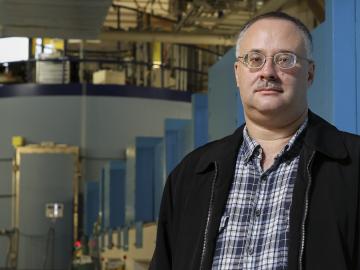
Eugene Mamontov’s background in both basic and applied science has made him a valued partner for scientists who come to the Spallation Neutron Source at ORNL in search of a better understanding of the water dynamics in their research—projects as diverse as studying plant cellulos...
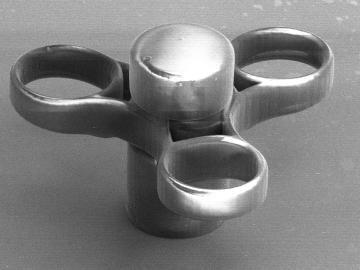
One drop of liquid, a cutting-edge laser 3D-printer and a few hours are all it takes to make a fidget spinner smaller than the width of a human hair. The tiny whirligig was created by researchers at Oak Ridge National Laboratory’s Center for Nanophase Materials Sciences to illustrate the facility’s unique resources and expertise available to scientists across the world.
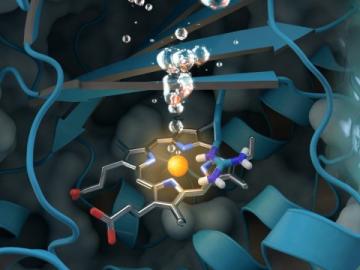
A new study sheds light on a unique enzyme that could provide an eco-friendly treatment for chlorite-contaminated water supplies and improve water quality worldwide. An international team of researchers led by Christian Obinger from the University of Vienna used neutron analys...
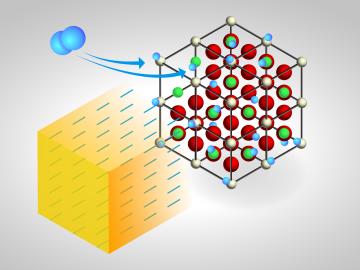
Having the right tool for the job enabled scientists at the Department of Energy’s Oak Ridge National Laboratory and their collaborators to discover that a workhorse catalyst of vehicle exhaust systems—an “oxygen sponge” that can soak up oxygen from air and store it for later use in oxidation reactions—may also be a “hydrogen sponge.”
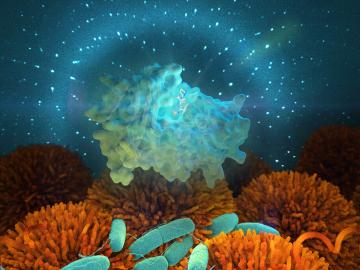
The discovery of penicillin almost 90 years ago ushered in the age of modern antibiotics, but the growth of antibiotic resistance means bacterial infections like pneumonia and tuberculosis are becoming more difficult to treat.
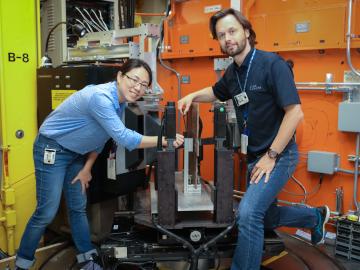
Massive offshore structures like oil rigs and wind turbines are designed to withstand the myriad punishments oceans tend to mete out. However, over time, just the saltwater itself can significantly decrease the durability of a structure’s welds.
That’s why professors Michael Jo...
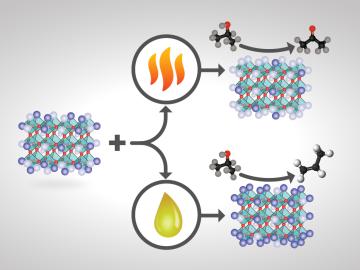
For some crystalline catalysts, what you see on the surface is not always what you get in the bulk, according to two studies led by the Department of Energy’s Oak Ridge National Laboratory. The investigators discovered that treating a complex
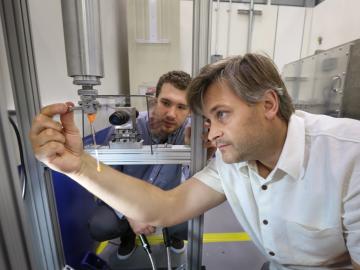
Scientists at the Department of Energy’s Oak Ridge National Laboratory have performed neutron structural analysis of a vitamin B6-dependent protein, potentially opening avenues for new antibiotics and drugs to battle diseases such as drug-resistant
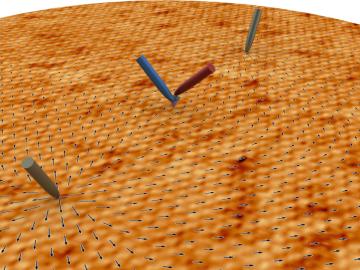
New method to detect spin current in quantum materials unlocks potential for alternative electronics
A new method that precisely measures the mysterious behavior and magnetic properties of electrons flowing across the surface of quantum materials could open a path to next-generation electronics. A team of scientists has developed an innovative microscopy technique to detect the spin of electrons in topological insulators, a new kind of quantum material that could be used in applications such as spintronics and quantum computing.




